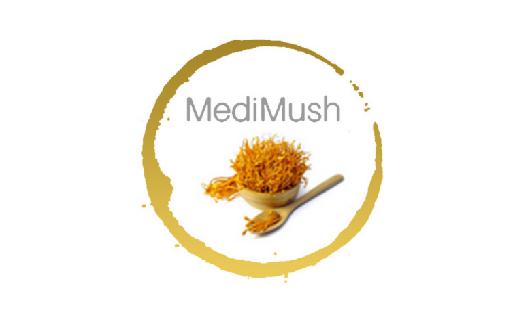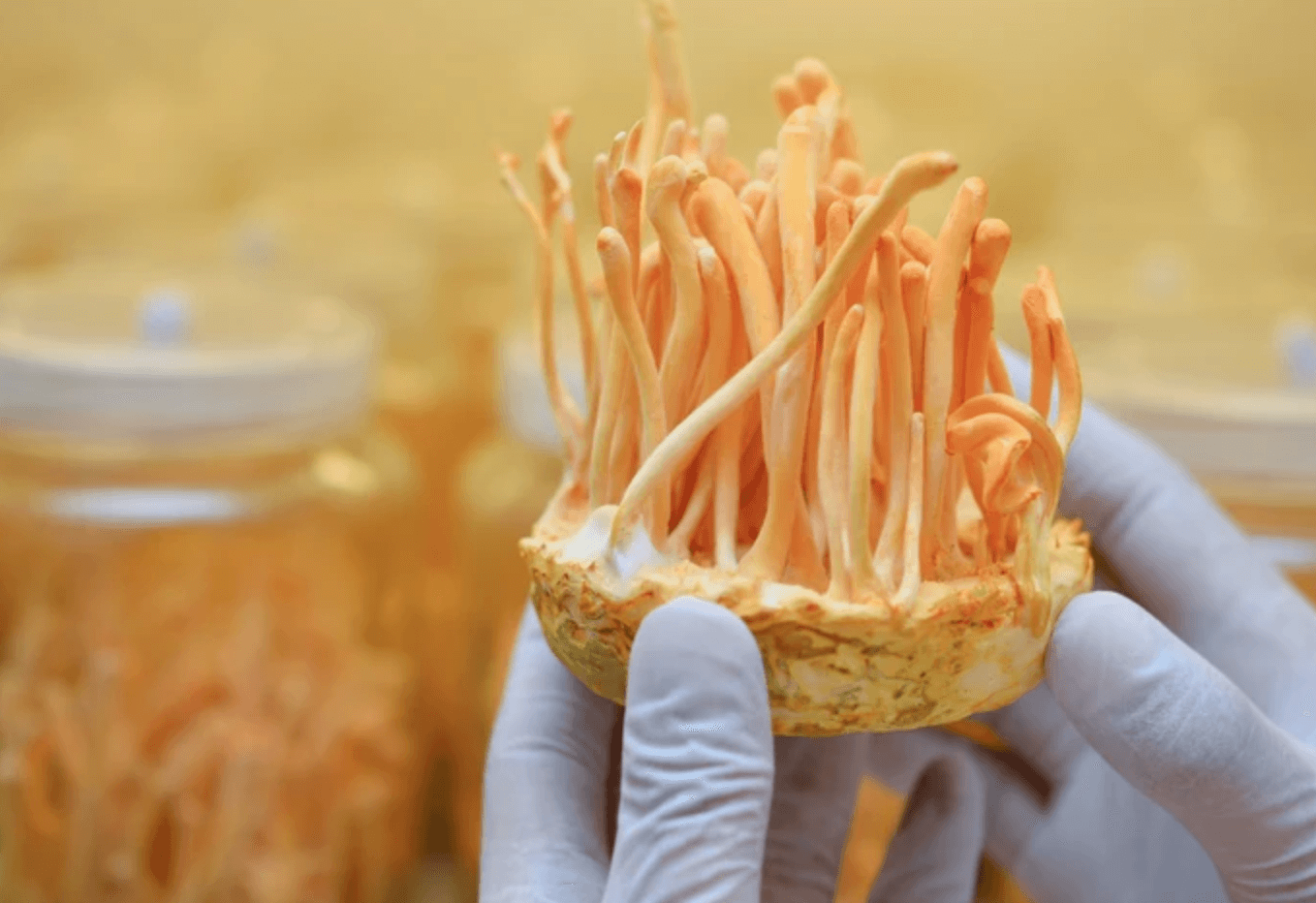Cordyceps Militaris
Cordyceps Militaris (CM)
Both labs cultivated Cordyceps fungi called CM and naturally grown sinensis Cordyceps, which look different. As they are made up of different components, but. Both contain Cordycepin, the bio-active substance.
Cultivating Cordyceps Militaris
The lab-cultivated CM has been shown to have an even greater amount than c. sinensis, therefore offering faster effects when dealing with symptoms.
Cordyceps Militaris is cultivated by collecting spores out in nature, and by using special technology, they can be grown and reproduced without the need to infect an insect.
Therefore, CM is a vegan alternative to those that grow out in the wild. Using a controlled environment also reduces the toxins that could pollute the mushroom whilst out in the wild.
The process is delicate. If the spores are cultivated repeatedly from the originally collected specimen, they stop growing mushrooms.
This means that each batch is carefully managed and has a very high fail rate, meaning each crop can see up to a 50% loss because the spores are so delicate.
The benefits often spoken about in Traditional Chinese Medicine are found in both mushroom species.
A study titled, Chemical Composition and Nutritional and Medicinal Value of Fruit Bodies and Submerged Cultured Mycelia of Culinary-Medicinal Higher Basidiomycetes Mushrooms, published in June 2014, concluded:
The fruit body biomass of CM cordycepin content reached 1.743 mg/g dry weight. The limited supply and over-harvesting of Tibetan Cordyceps have endangered it. CM is a much more sustainable variety for getting Cordycepin into the diet.
The pharmaceutical industry is also studying Cordycepin in phase 1 trials for Leukaemia, amongst other things.
Cordyceps Usage varies depending on the outcome a user wishes to achieve.
CLICK HERE TO VIEW CORDYCEPS PRODUCTS

